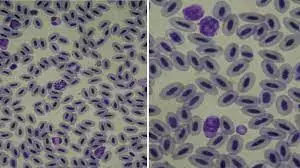
Let’s explore some of these groundbreaking techniques:
Aditya Patel
DALLAS, TX- (NewMediaWire) - April 27, 2024 — At an event today featuring the NFL’s Smart Heart Sports Coalition, Buffalo…
Japan Int’l Food & Beverage Expo (JFEX) is gearing up to host an unprecedented gathering of over 900 exhibitors and…
The Synaptic Surgical platform empowers customers to visualize and bring to life cutting-edge OR design and technology Synaptic Surgical (ISIN:…
SPRING, Texas, April 26, 2024 (SEND2PRESS NEWSWIRE) — Houston, we don’t have a foot care problem — now that Modern…
BISMARK, N.D., and MOUNTAIN VIEW, Calif., April 26, 2024 (SEND2PRESS NEWSWIRE) — Imagine notarizing documents from the comfort of your…
IRVINE, Calif., April 26, 2024 (SEND2PRESS NEWSWIRE) — Informative Research, a leading technology platform that delivers data-driven solutions to the lending…